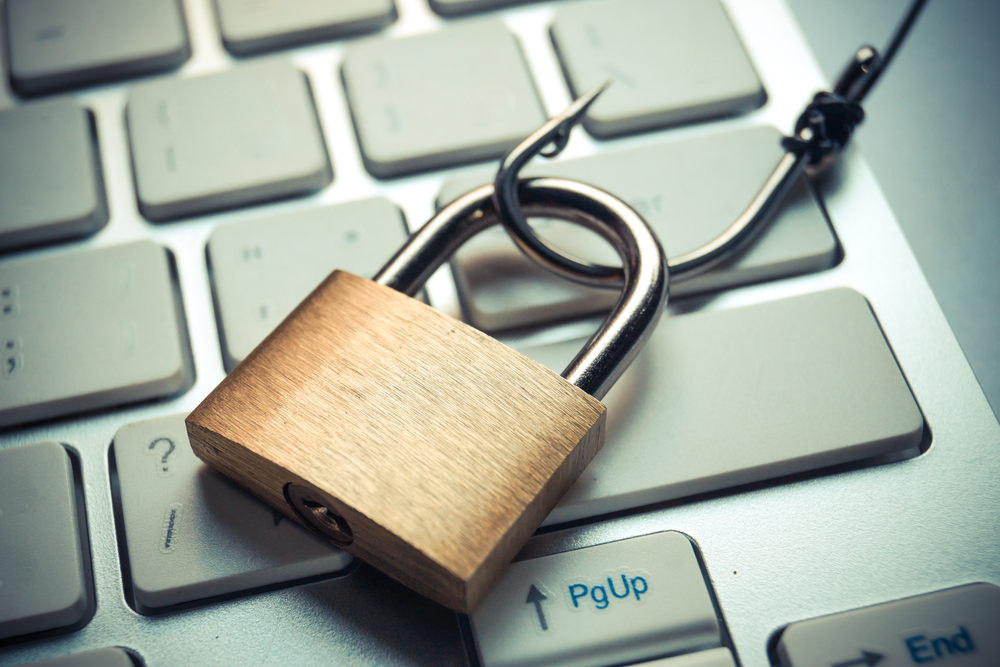Another phishing campaign is targeting bitcoin users right now. It is not the first time someone tries to trick blockchain.info users into visiting a malicious website. This new email has been sent out to a large list of email addresses, although not all of them belong to people using the Blockchain.info bitcoin wallet. It is easy to spot this message is fake, but it is still a cause for concern.
Beware of the New Blockchain.info Scam
A lot of bitcoin users may have received a new email pertaining to their Blockchain.info wallet. In this email, the scammers claim how users need to “promptly verify their account” due to an update in the company’s privacy policy. Considering the company has never sent out such an email even when changes occur, it is rather odd to see criminals think this approach will work.
Moreover, the malicious email message also makes a mention of how there has been an “increasing number of inactive users in the Blockchain Community”. A rather strange sentence, to say the least. Moreover, it appears the Blockchain.info service has seen more user activity over the past few months, instead of seeing less activity. All of these signs point towards this being part of a phishing campaign, which should not come as a surprise to bitcoin users.
Furthermore, the email then claims all Blockchain.info users need to go through a verification process, without mentioning what can be expected exactly. Anyone who “fails to comply” with this verification process will ‘not be to relate”. Anyone can see this is anything but professional language being used, and it is definitely not coming from the Blockchain.info team by any means.
In the email, users are asked to click a web link, which will redirect them to a clone of the Blockchain.info website. Anyone who logs in on this portal will have their wallet ID and password compromised, allowing the criminals to steal their funds. No one should trust this email, let alone click on the link found within. It remains unclear who is responsible for this phishing attack, yet we can only hope no one will fall for it.
Header image courtesy of Shutterstock
